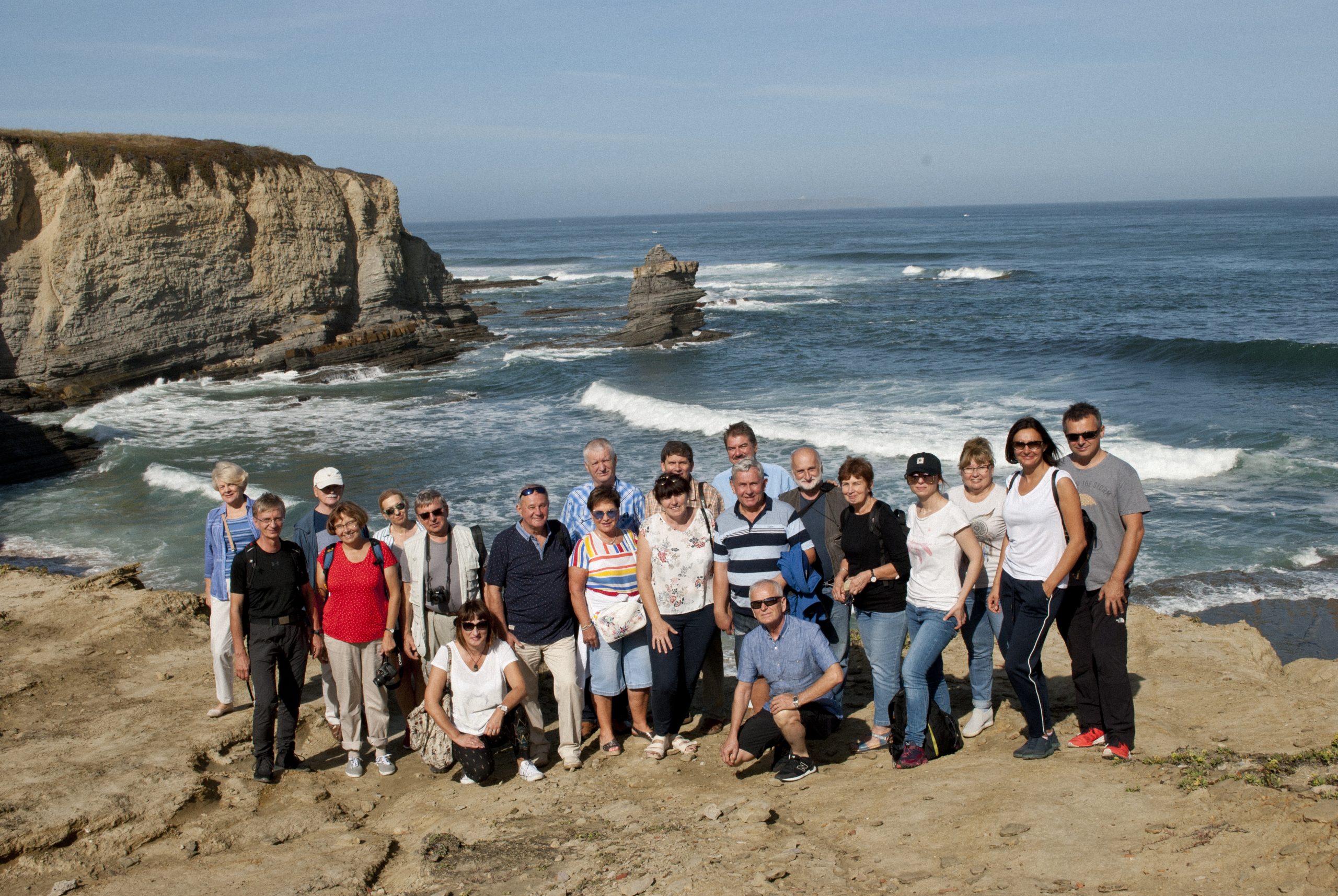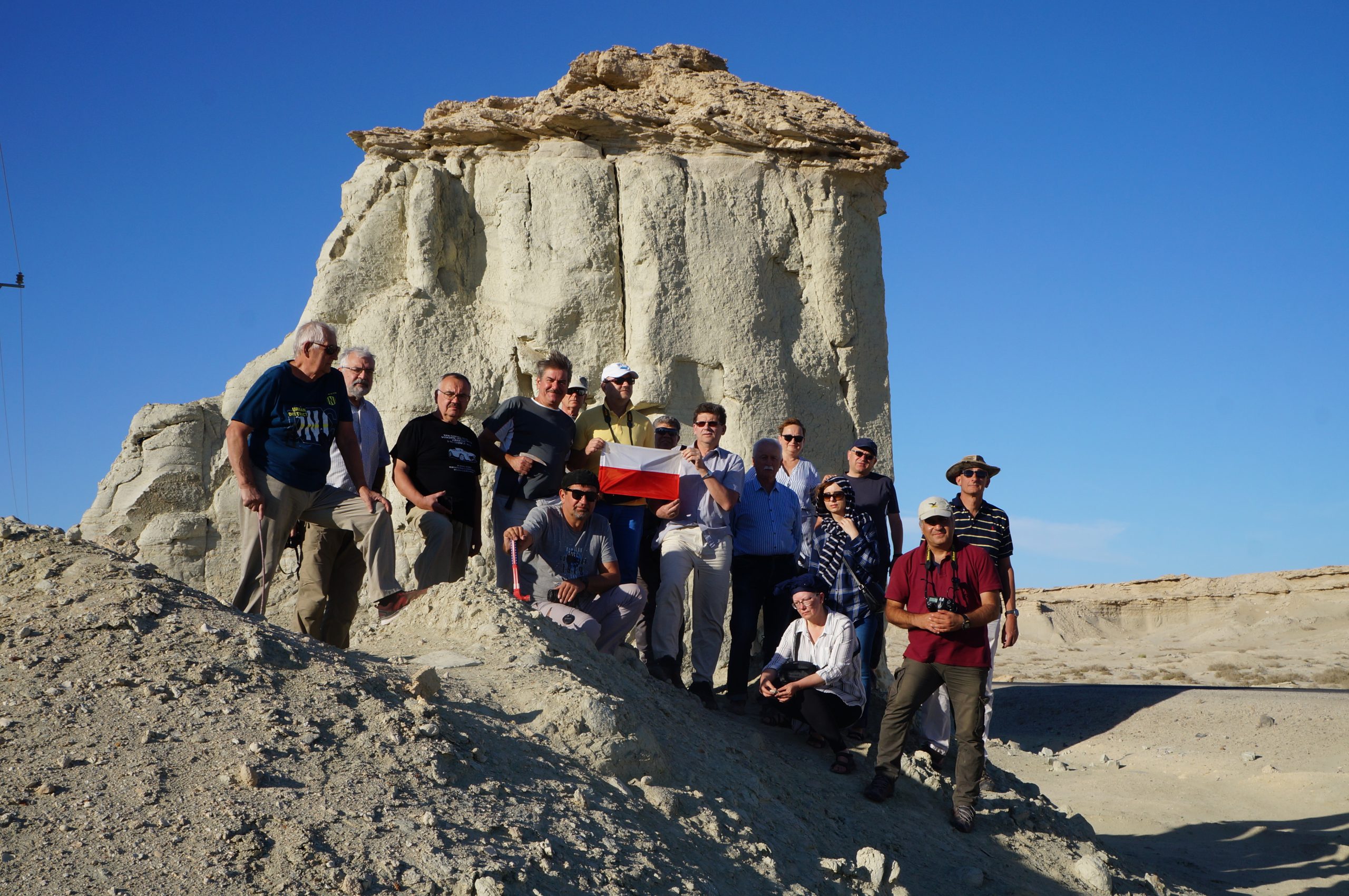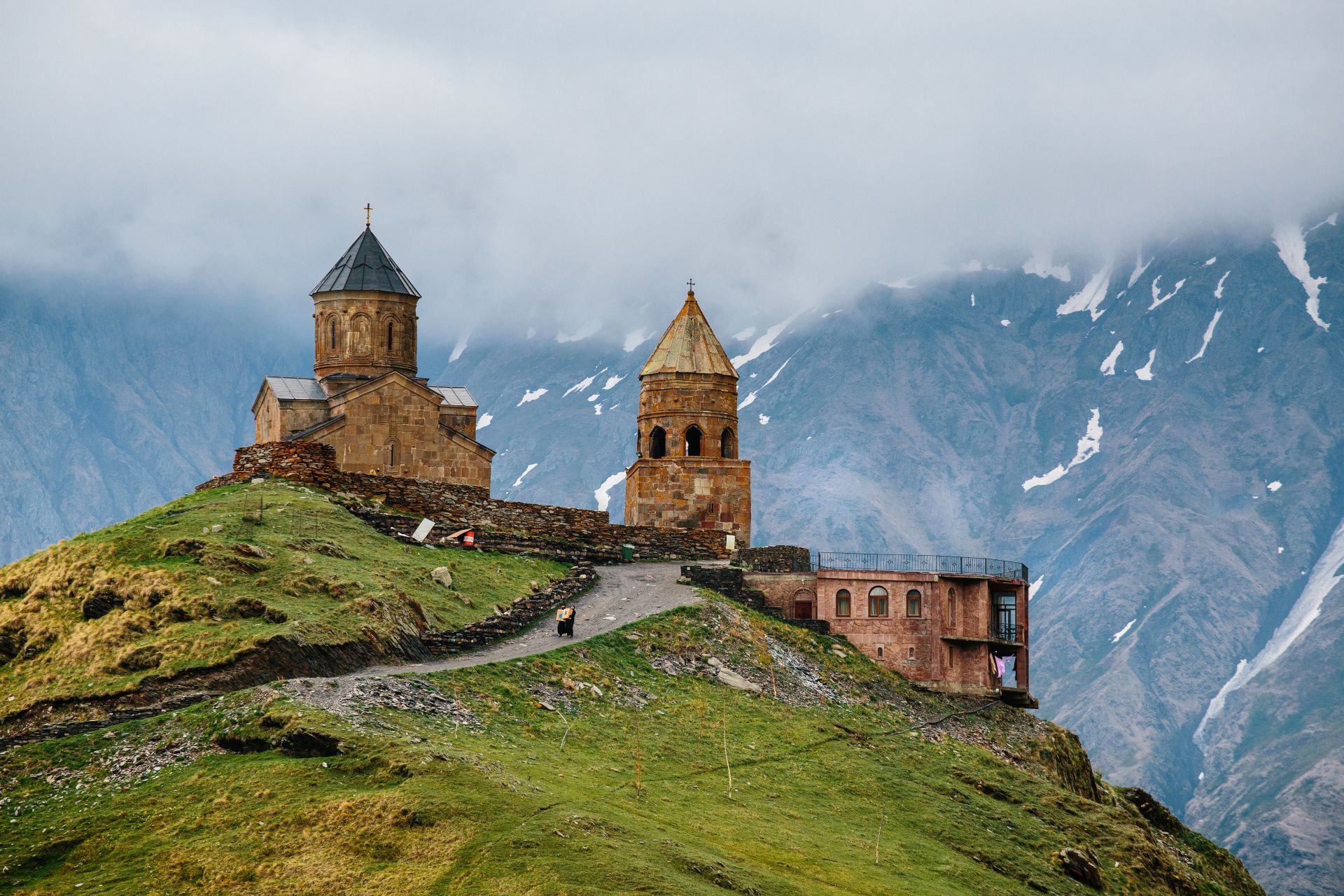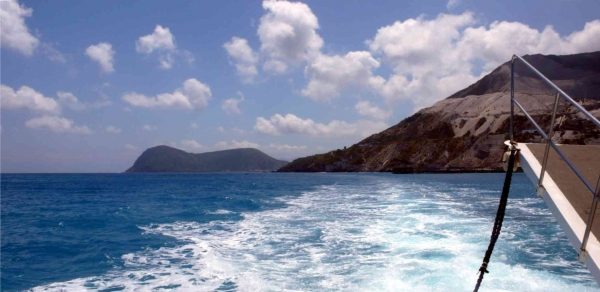III EXPEDITION OF THE POLISH SALT MINING ASSOCIATION "SALARY OF SOUTH AMERICA 2010"
The Polish Salt Mining Association organized on August 24 - September 17, 2010 another, third scientific expedition under the slogan "SALARY OF SOUTH AMERICA", devoted to familiarizing with the conditions in which evaporite deposits are formed today and the methods of their exploitation used there. Apart from the strictly scientific goal, the expedition also had a tourist aspect - getting to know the most interesting monuments of pre-Columbian and colonial cultures on the route.
Expedition route:
Lima - Paracas and the surrounding area (Reserva Nacional de Paracas - Islas Ballestas bird islands, Pacific coast cliff and coastal deserts) - Nasca and the surrounding area (flight over the famous geoglyphs and visit Cementerio Arquelogico de Chauchilla) - Arequipa - Colca Canyon - Arequipa (with stops in Reserva Salinas y Aguada Blanca, at Patapampa 4900 m above sea level, overnight in Chivay, Yanque, Maca, Cruz del Condor) - Cuzco and the surrounding area (Sacsayhuaman, Puka-pukara, Tambomachay) - Machu Picchu (with sightseeing via Pisac and Ollantaytambo fortresses, overnight stay in Aguas Calientes) - Cuzco - Kasani (Peru/Bolivia border) - Copacabana (with crossing Lake Titicaca and crossing Isla del Sol) - La Paz and the surrounding area (entrance to Chacaltaya 5431 m above sea level, sightseeing Valle de la Luna in Mallasa) - Potosi (visiting former silver mines) - Uyuni - drive by off-road vehicles through Salar Uyuni and Altiplano from Reserva Nacional de Fauna Andina Eduardo Avaroa, along salt lakes and geothermal fields Sol de Mañana to Fortin Gajones (border post Bolivia/Chile) – San Pedro de Atacama and the surrounding area (geysers of El Tatio, Salar Atacama, Cordillera de la Sal from Valle de la Muerte and Valle de la Luna; 5 participants instead of Cordillera de la Sal visited the copper mines of Mina Chuquicamata) - Iquique - Salt mines of Sociedad Punta de Lobos (salt port in Patillos and the open pit on Salara Grande, nitrates and the ghost town of Humberstone). The joint part of the trip ended in Iquique, then most of the participants went to Santiago de Chile, three participants continued the trip on their own, individually.
Bolivia, Salar de Uyuni
Salar de Uyuni is the largest salt lake in the world. It lies 3,656 m above sea level, has an area of 10,582 km2, approximate dimensions 160 km × 135 km. The greatest distance from shore to shore is about 200 km! The Salar is the remnant of a vast Pleistocene inland sea that was 45 meters above today's Lake Titicaca and covered most of the Altiplano plateau at the foot of the Andean volcano chain, stretching from Lake Titicaca to the salt pans on the border with Chile. Precipitation in the dry season is usually in the range of 1-3 mm/month. During the rainy season (December to April) they are a few millimeters higher, with the exception of January, when it happens that "as much as 80 mm" falls. Instead, it rains in the higher parts of the mountains, and the streams flowing from the mountains flood the salar. In the dry season, the water from the lake evaporates, leaving a layer of salt. And so, over thousands of years, huge deposits of salt have formed. Salt resources of the Salar de Uyuni are estimated at about 10 billion tons, the annual exploitation is about 25 thousand tones.
The brine lying under the surface of the salt crystal contains, especially in the marginal regions, large amounts of lithium and magnesium. Lithium resources in the Uyuni and Coipasa salaries are estimated at 5.4 million tons, which is half of the world's resources. In the 1980s, corporations based mainly on American capital began to exploit them, but after strong protests from the local population, the exploitation was abandoned in the 1990s. The Bolivian government is trying to resume exploitation, this time without the participation of foreign capital.
Salt water flooding the salar evens out its surface, it is reported that the height difference is around 41 cm. Satellites use this to calibrate their altimeters. A flat surface is primarily used for communication purposes.
Bolivia, Sol de Mañana – Chile, El Tatio
The Sol de Mañana geothermal field is located on the Bolivian side of the Andes, at an altitude of 4,850 m above sea level. Numerous craters eject columns of steam, but also steam comes out of almost all cracks in the ground. In some mud bubbling, you can smell hydrogen sulfide. The tallest "geyser" is an artificial object, a remnant of a well drilled as part of an attempt to harness geothermal energy.
The El Tatio geyser field is located at an altitude of approx. 4,300 m above sea level. on the Chilean side of the Andes. It has about 80 geysers, but the average water eruptions do not exceed a meter. In contrast, countless fumaroles shoot spectacular columns of steam. Limestone cones have formed around numerous craters. Characteristic travertine forms can also be seen on the rock thresholds through which water from hot springs flows.
Chile, Salar de Atacama
The area of the salar is less than 2,400 km2, with approximate dimensions of 100 km × 80 km. It lies between the main chain of the Andes and the Cordillera Domeyko, on average at approx. 2,300 m above sea level. The Salar is not flooded with water, but highly mineralized groundwater flows into it and feeds salt lakes in its area, from which water seeps into the rest of the area. Depending on the region, rock salt, magnesium-potassium salts or borax precipitate on the surface of the Salar, as in the lagoons of the Bolivian Altiplano. The precipitating salt mixes with dust carried by the wind, as a result, the surface of the Salar is covered with salt and dust efflorescences, with high porosity, looking from a distance like plowed earth, but they are hard and sharp,
Salar de Atacama contains 27% of the world's lithium reserves. The local mines provide 30% of the world's production of this valuable element.
Chile, Chuquicamata copper mines
Chuquicamata is a 3.8 km × 3 km outcrop. It reaches a depth of 850 m, which gives it the second place in the world. Until the end of 2007, 29 million tons of copper were obtained from it. The mines are also a major supplier of molybdenum.
Chile, SPL Salt Mine
The mine exploits the Salar Grande, also known as the Tarapaca Salt Flat. The thickness of the salt seam reaches 150 m, in the exploited area it is about 60 m. Rock salt of high purity (lower 40 m) was deposited. Later, the conditions changed towards similar to Salara de Atacama. The upper 20 m is covered with clay, and the surface of the land resembles that of the Salaru de Atacama.
The mine currently exploits two open pits, six levels of 10 meters each, using the blasting method. The exploitation is extremely cheap, and the possibility of increasing production is unlimited, the main component of the price of local salt is the cost of sea transport. The salt port of the Mine in Patillos consists of two piers with conveyor belt lines enabling the loading of salt directly onto the ship. Both loading lines are in good condition.








